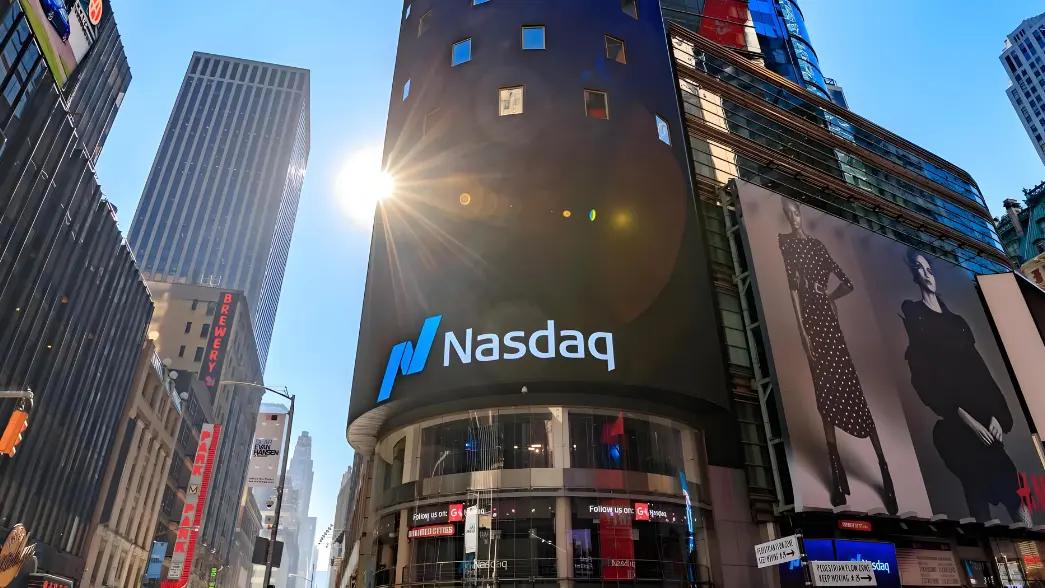In the bustling world of finance, few names hold as much sway and influence as NASDAQ. Known as the world's second-largest stock exchange by market capitalization, NASDAQ has become synonymous with innovation, technology, and high-growth companies. Understanding the intricacies of NASDAQ is crucial for investors, entrepreneurs, and anyone interested in the dynamics of the global economy.
History of NASDAQ
The history of NASDAQ traces back to 1971 when it was founded by the National Association of Securities Dealers (NASD) to provide electronic trading for Over-the-Counter (OTC) stocks. It introduced revolutionary technology that allowed for faster and more efficient trading compared to traditional floor-based exchanges. NASDAQ's electronic trading platform was a game-changer, enabling investors to execute trades remotely and facilitating the listing of smaller, high-growth companies.
Innovation and Technology
One of NASDAQ's defining characteristics is its focus on innovation and technology. Unlike traditional exchanges like the New York Stock Exchange (NYSE), which relies on floor traders and a physical trading floor, NASDAQ operates entirely electronically. This technological infrastructure has allowed NASDAQ to adapt quickly to changes in the market and implement advanced trading mechanisms such as automated trading, algorithmic trading, and high-frequency trading.
Listing Requirements
Companies listed on NASDAQ range from established giants like Apple and Microsoft to up-and-coming startups in sectors like biotechnology and renewable energy. To list on NASDAQ, companies must meet stringent requirements regarding market capitalization, share price, and corporate governance. NASDAQ's listing standards are known for being more lenient than those of the NYSE, making it an attractive option for many technology companies and startups.
Market Structure
NASDAQ operates as a dealer's market, meaning that trades are executed directly between buyers and sellers through market makers rather than through a centralized exchange. Market makers play a crucial role in maintaining liquidity and ensuring smooth trading by quoting bid and ask prices for securities. This market structure has contributed to NASDAQ's reputation for fast-paced trading and high volatility, attracting traders seeking opportunities for short-term gains.
Indexes and Benchmarks
NASDAQ is home to several prominent stock indexes, including the NASDAQ Composite, NASDAQ-100, and NASDAQ Biotechnology Index. These indexes serve as benchmarks for various sectors of the market and are widely followed by investors and analysts. The NASDAQ-100, in particular, is composed of the 100 largest non-financial companies listed on NASDAQ and is often used as a gauge of the performance of the technology sector.
Global Reach
While NASDAQ is based in the United States, its influence extends far beyond its borders. Many international companies choose to list on NASDAQ to gain access to global investors and capital markets. Additionally, NASDAQ operates several international exchanges, including NASDAQ Nordic (formerly OMX) and NASDAQ Dubai, further expanding its reach into global markets.
Challenges and Controversies
Despite its success, NASDAQ has faced its share of challenges and controversies over the years. High-profile incidents such as the Facebook IPO debacle in 2012, where technical glitches delayed trading and led to losses for investors, have raised questions about NASDAQ's reliability and infrastructure. Additionally, concerns have been raised about the role of high-frequency trading and market manipulation on NASDAQ's platform, highlighting the need for robust regulatory oversight.
Future Outlook
Looking ahead, NASDAQ is poised to continue its role as a leading innovator in the world of finance. As technology continues to evolve and shape the way we invest and trade, NASDAQ will likely remain at the forefront of these changes. From the rise of cryptocurrency and blockchain technology to the emergence of new asset classes like non-fungible tokens (NFTs), NASDAQ will adapt and evolve to meet the needs of investors in the digital age.
Final Thoughts
Put simply, NASDAQ stands as a beacon of innovation and progress in the world of finance. From its humble beginnings as an electronic trading platform for OTC stocks to its current status as the world's second-largest stock exchange, NASDAQ has transformed the way we buy, sell, and invest in securities. As we navigate an increasingly complex and interconnected global economy, understanding NASDAQ's role and impact is essential for anyone seeking to navigate the world of finance.















